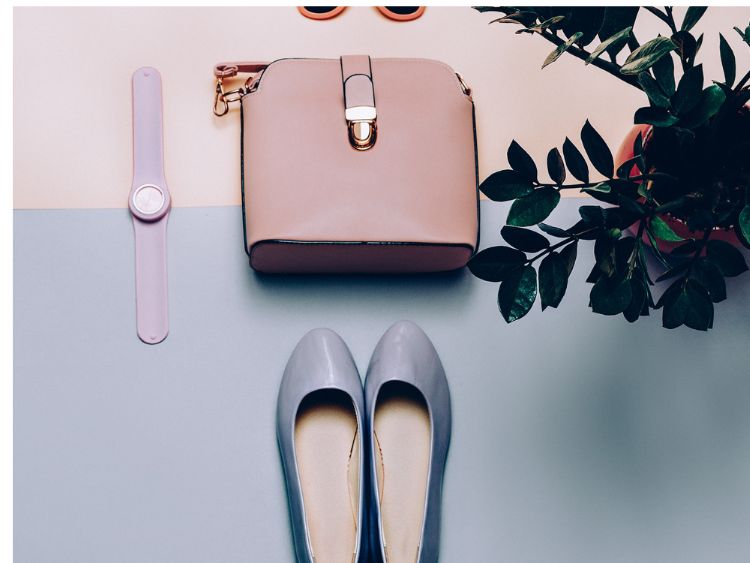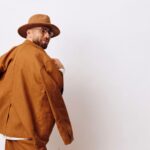The 1920s was an era of significant transformation, not just culturally but sartorially as well. Men’s fashion during this time reflected a shift from the stiff, restrictive clothing of previous decades to a more relaxed and expressive style. The roaring twenties introduced an elegant yet comfortable wardrobe, offering men a chance to redefine themselves in a rapidly modernizing world.
A Fashion Revolution for Men
The 1920s was a decade known for its groundbreaking trends, driven by the post-World War I euphoria. For men, fashion became a means of personal expression, a reflection of their newly discovered freedom and confidence. From luxurious fabrics to bold patterns, the era emphasized style, class, and effortless sophistication.
If you’ve ever wondered about the evolution of men’s style and the influence of the 1920s on modern fashion, this deep dive into 1920s mens fashion is exactly what you need to grasp the essence of that timeless dapper style.
The Key Elements of 1920s Men’s Fashion
Let’s start with what made the 1920s stand out when it comes to men’s fashion. The clothes weren’t just about practicality—they were about making a statement. Here’s what truly defined this decade’s style:
- The Suit: A quintessential part of any man’s wardrobe during the 1920s, suits were designed to be sophisticated yet functional. Whether for work or leisure, men were often seen wearing three-piece suits, consisting of a jacket, trousers, and a matching vest. The cut was slimmer and more fitted than in previous decades, with softer, more breathable fabrics like wool.
- Trousers with High Waistlines: One of the hallmarks of 1920s mens fashion was the high-waisted trouser. These pants sat at the natural waist and were often held up with suspenders. Trousers flared slightly at the bottom, giving a more relaxed look, and allowed for greater freedom of movement.
- The Fedora: Hats were an essential part of the 1920s men’s wardrobe, with the fedora reigning supreme. This stylish accessory added flair to any outfit, often signaling a man’s status and sophistication. Men rarely left the house without donning one.
- Bold Patterns and Colors: The roaring twenties didn’t shy away from boldness. Patterns like pinstripes, plaids, and checks became popular, and colors like grey, brown, and navy dominated the palette. Men often mixed and matched colors to create a look that was striking but still elegant.
- Oxford Shoes: Polished leather shoes, particularly Oxford shoes, completed the dapper look of the 1920s. These shoes were sleek, with a rounded toe and laces, adding a level of refinement to the entire ensemble.
The Rise of Casual Fashion
While the suit was a staple, casual fashion began gaining traction in the 1920s, marking a stark departure from the formal attire of previous eras. For the first time, men started to experiment with more laid-back looks that were stylish yet comfortable.
- Blazers and Sweaters: Instead of always opting for the traditional suit, men began pairing blazers with trousers or even swapping out their jacket for a knitted sweater. Sweaters were often cable-knit, V-necked, and came in solid colors.
- Golf and Tennis Wear: Sportswear became more fashionable during this time, especially for men who indulged in recreational activities. You would often see men wearing plus-fours (knickers), which were knee-length trousers worn with tall socks, along with bright sweaters or vests. It was the perfect balance between sportiness and style.
Evening Wear: The Epitome of Elegance
When it came to formal events or evening gatherings, men knew how to turn on the charm. Black-tie events were common, and evening wear followed a very specific, elegant code:
- Tuxedos: The 1920s tuxedo was the go-to for men attending any black-tie event. It featured a peak lapel, often with satin or grosgrain facing. Bow ties and cummerbunds (or waistcoats) were worn to elevate the look.
- White Tie Attire: For the most formal occasions, men donned white tie attire, which included a tailcoat, white waistcoat, and a white bow tie. This look was nothing short of regal and was a must for high-society events.
How Hollywood Influenced 1920s Mens Fashion
The film industry boomed in the 1920s, and so did the influence of movie stars on men’s fashion. Silent film stars like Rudolph Valentino and Charlie Chaplin had a massive influence on what men aspired to wear. Men across America and Europe began to emulate the looks they saw on screen—whether it was the suave evening wear or the smart casual ensembles of their favorite stars.
Hollywood helped shape the public’s perception of what it meant to be stylish, and the men of the 1920s took their cues from these larger-than-life figures, aiming to mirror their elegance in everyday life.
Accessories: Finishing Touches to a Dapper Look
No 1920s mens fashion look was complete without the right accessories. Men paid attention to the details, ensuring their outfit was impeccable from head to toe.
- Pocket Watches: Pocket watches were a symbol of class and sophistication. They were often attached to waistcoats via a chain and were an essential part of a gentleman’s ensemble.
- Cufflinks and Tie Pins: Cufflinks and tie pins added subtle yet significant elegance to any outfit. These small accessories made a big impact, often reflecting the man’s personal taste and wealth.
- Gloves: Gloves were commonly worn, especially during formal events. A pair of crisp white gloves would elevate the formality of the entire look.
1920s Mens Fashion: The Legacy Today
You may think of the 1920s as a bygone era, but its fashion influence is still felt today. Modern menswear often borrows elements from this iconic decade. From high-waisted trousers making a comeback to the enduring popularity of the fedora, the sartorial spirit of the roaring twenties lives on in contemporary style.
FAQs About 1920s Mens Fashion
- What type of suits were popular in the 1920s?
Three-piece suits, with matching vests, were extremely popular. They were tailored to be more fitted and made from softer fabrics like wool. - Did men wear hats in the 1920s?
Absolutely! Hats were a must-have, with the fedora being the most iconic style of the decade. - What was the difference between formal and casual fashion in the 1920s?
Formal fashion included tuxedos and three-piece suits, while casual fashion introduced sweaters, blazers, and sportswear like plus-fours for recreational activities. - Were accessories important in 1920s mens fashion?
Yes, accessories like pocket watches, cufflinks, and gloves were essential for adding polish to a man’s outfit.
Conclusion: A Decade of Timeless Style
1920s mens fashion was not just about clothing—it was about attitude, confidence, and a sense of adventure. Men took pride in their appearance, and the trends of the time reflected their desire to break free from the constraints of the past. Whether you’re looking to embrace some of these timeless trends or simply admire the dapper styles of the roaring twenties, it’s clear that this decade left a lasting impact on fashion.



